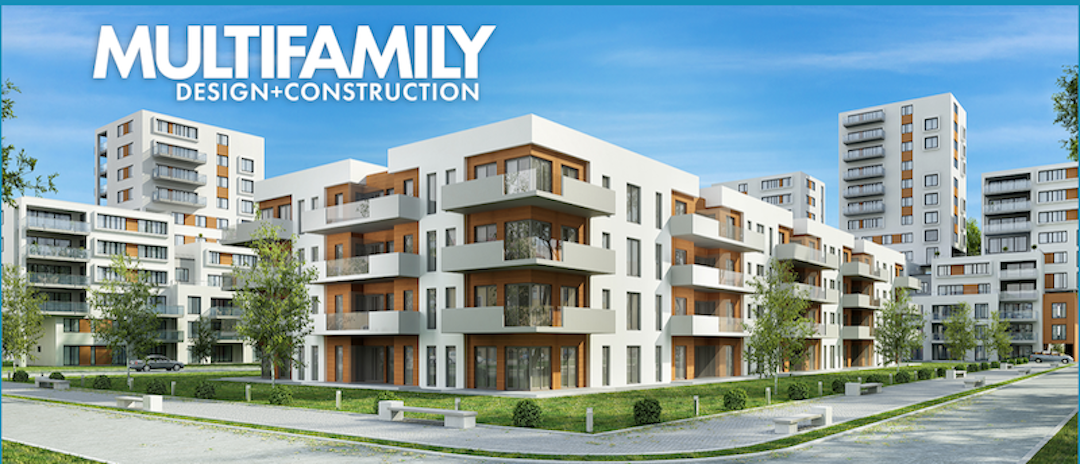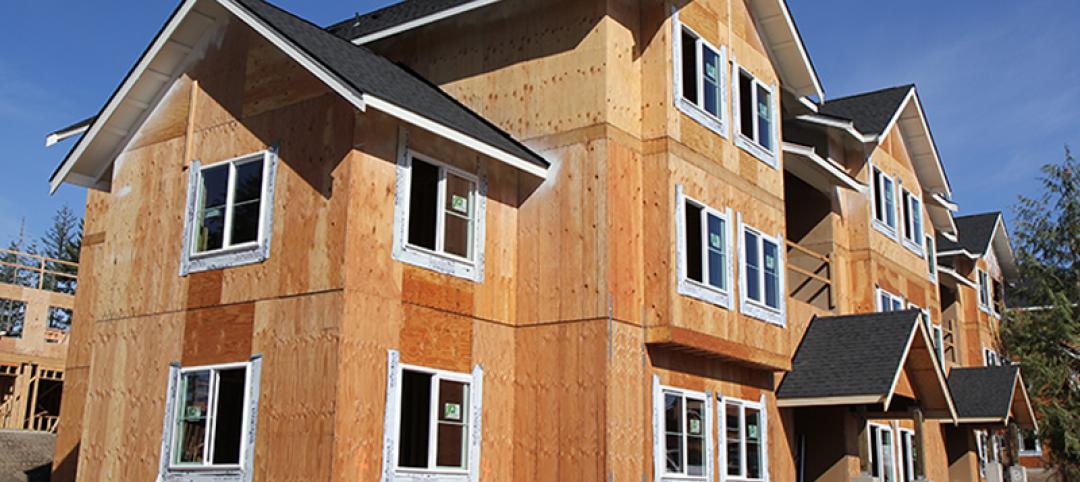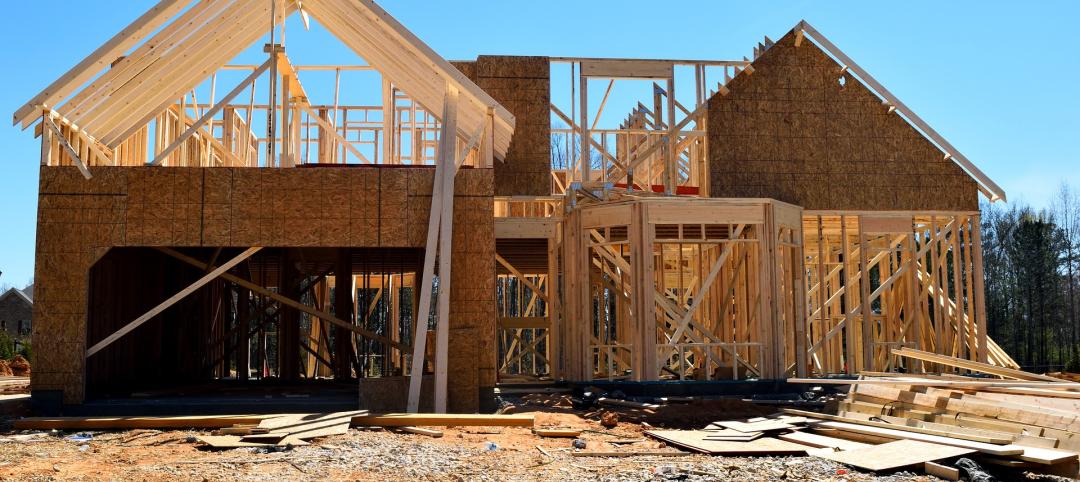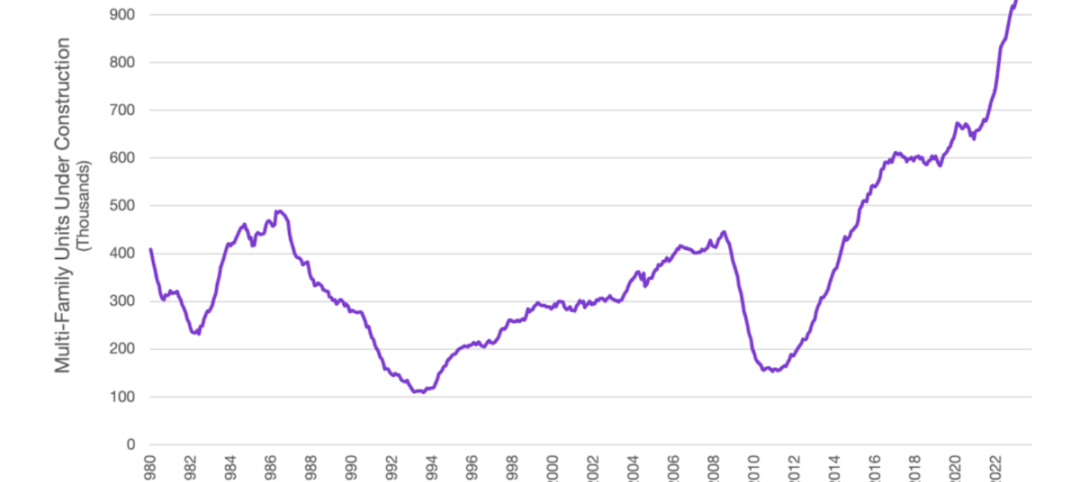Early results from the 2021 “Multifamily Amenities Survey” from MULTIFAMILY Design+Construction show that the majority of respondents – multifamily developers, apartment operators, architects, contractors, and others in the apartment/condominium sector – either modified their amenities, added new ones, implemented amenity innovations, or took out some amenities from their customary offerings – all in response to the Covid-19 pandemic.
“We’re taking Covid seriously in all aspects,” said one respondent. Another said, “We’re rethinking and reimagining amenities packages to be safer and healthier.”
Multifamily housing owner/operators reported having to close recreation facilities due to the pandemic – a sore point for many residents who love their fitness centers, pools, and hospitality areas. One developer noted the burden of “increased cost for cleaning/maintenance.” Another said their company was able to reopen its swimming pools after temporary closure, but with reduced capacity. Apartment property managers have had to temporarily close dog parks, outdoor grilles and kitchens, and children’s playgrounds, depending on local Covid directives.
But a significant chunk of respondents said they’re sticking with what they’ve always provided. As one respondent put it, “We have not cut back the usual high-quality amenities as we feel the long view will be back.”
Yet many respondents expressed concerns about the long-term effect of the Covid-19 pandemic on their properties in the future. “Since Covid, customers want more from their home,” said a respondent. “They need more places for children to learn and more places for them to work from home. This creates a need for more technological advancement.”
GET ALL THE DATA FROM OUR 3 AMENITIES SURVEYS
This is the 3rd biannual Amenities Survey sponsored by MULTIFAMILY Design+Construction and its sibling publication, Building Design+Construction. This year's survey measures 124 amenities data points. In the final report, the results of the 2021 survey will be compared to the data from the 2017 and 2019 Amenities Surveys.
The survey is open to Multifamily developers, property managers, architects/designers, and builder/contractors. Those who complete the survey will receive a comprehensive PDF report comparing the data from all 3 surveys before anyone else gets the data. (Non-respondents will have wait for publication and register online to get the PDF report.) Click here to get started.
SPACE PLANNING AND ALLOCATION ON THEIR MINDS
Responses from just the first week show that multifamily real estate, design, and construction professionals are struggling with how to deal with planning and space allocation as a result of the pandemic.
“We have added work-from-home spaces within unit plans as well as additional small gathering spaces in amenity areas,” said one respondent. Another said “individual work pod rooms for residents working from home but don't want to be in their residential units” was a priority.
Yet another said “the latest client request” has been to introduce a shared work space room with individual work pods and a lounge area with coffee/drink station.
“We moved furniture and equipment to meet social distancing requirements,” a respondent replied. Another added acrylic screens at reception desks in its properties.
One respondent’s company is “paying more attention to materials and furniture, fixtures, and other products that are easily cleanable.” Another has been installing air purification systems as a retrofit in amenity spaces and elevator areas.
BIGGEST CONCERN: DEALING WITH WORK FROM HOME
Many respondents reported efforts to respond to the skyrocketing work-from-home demand, such as:
- In-residence work nooks
- Privatized work/study spaces on each floor to serve work from home
- Outdoor workstations
- Larger apartment unit sizes to accommodate work from home
- Isolation rooms for shared living units
Others have installed outdoor fitness options, placed sanitizing stations around their communities, and added touchless access controls. ICovid instructional signage in shared areas, third-party resident virtual events, and hands-free entry doors at the clubhouse and on fixtures in common area bathrooms were among other actions taken by respondents.
One developer, whose current projects were still in the design development phase, was able to change the design to add exterior balconies and in-home work nooks for every apartment.
One developer was considering “multiple smaller social spaces rather than one large gathering area, and more individual small-group breakout areas.” Another said future developments would “disperse amenities throughout the project rather than in one mega-amenity,” and put more investment in outdoor spaces.
As one respondent concluded, “We believe many [occupiers] will continue to work from home at least part time after the pandemic, so we’re recommending more communal working space, such as coworking with private spaces."
COVID-RELATED AMENITIES NOT THE WHOLE STORY
Many respondents had introduced other new offerings in their amenity packages in the last two years, notably:
- Rooftop track/walking path
- Free Wi-Fi
- Dog-friendly streetscapes
- Rooftop off-leash dog park
- Picnic gazebo
- Rock climbing
- Pickleball courts (see “Pickleball, anyone?”)
Among the more interesting and unusual amenity upgrades cited:
- Senior in-house medical space
- Hydroponic farm/aquaculture
- Food truck
- Circadian lighting
Individual developments added art spaces, galleries, music practice rooms, and chess tables.
TECHNOLOGY IMPROVEMENTS OF INTEREST, TOO
Some survey respondents said they were “addressing the need to provide increased electrical power needs to individual units" – perhaps yet another response to the work-from-home phenomenon.
Others added extra electrical for charging cellphones and laptops outside, as residents choose to work outdoors as much as possible.
Several multifamily housing firms also added electric vehicle charging outlets in their garages.
Some property managers apparently were keen to make renters more aware of their utility usage, by installing water and electricity meters in individual living units.
Security upgrades and better package management systems were also on the list of technological improvements.
DON’T WAIT – START THE SURVEY NOW!
The survey is open for your input. Click here to get started.
Related Stories
MFPRO+ News | Dec 18, 2023
Berkeley, Calif., raises building height limits in downtown area
Facing a severe housing shortage, the City of Berkeley, Calif., increased the height limits on residential buildings to 12 stories in the area close to the University of California campus.
Sponsored | Multifamily Housing | Dec 13, 2023
Mind the Gap
Incorporating temporary expansion joints on larger construction projects can help avoid serious consequences. Here's why and how.
Giants 400 | Dec 12, 2023
Top 35 Military Facility Construction Firms for 2023
Hensel Phelps, DPR Construction, Walsh Group, and Whiting-Turner top BD+C's ranking of the nation's largest military facility general contractors and construction management (CM) firms for 2023, as reported in Building Design+Construction's 2023 Giants 400 Report.
Giants 400 | Dec 12, 2023
Top 50 Military Facility Engineering Firms for 2023
Jacobs, Burns & McDonnell, WSP, and AECOM head BD+C's ranking of the nation's largest military facility engineering and engineering/architecture (EA) firms for 2023, as reported in Building Design+Construction's 2023 Giants 400 Report.
Giants 400 | Dec 12, 2023
Top 40 Military Facility Architecture Firms for 2023
Michael Baker International, HDR, Whitman, Requardt & Associates, and Stantec top BD+C's ranking of the nation's largest military facility architecture and architecture/engineering (AE) firms for 2023, as reported in Building Design+Construction's 2023 Giants 400 Report.
Codes and Standards | Dec 11, 2023
Washington state tries new approach to phase out fossil fuels in new construction
After pausing a heat pump mandate earlier this year after a federal court overturned Berkeley, Calif.’s ban on gas appliances in new buildings, Washington state enacted a new code provision that seems poised to achieve the same goal.
MFPRO+ News | Dec 11, 2023
U.S. poorly prepared to house growing number of older adults
The U.S. is ill-prepared to provide adequate housing for the growing ranks of older people, according to a report from Harvard University’s Joint Center for Housing Studies. Over the next decade, the U.S. population older than 75 will increase by 45%, growing from 17 million to nearly 25 million, with many expected to struggle financially.
MFPRO+ News | Dec 7, 2023
7 key predictions for the 2024 multifamily rental housing market
2024 will be the strongest year for new apartment construction in decades, says Apartment List's chief economist.
Codes and Standards | Dec 7, 2023
New York City aims to spur construction of more accessory dwelling units (ADUs)
To address a serious housing shortage, New York City is trying to get more homeowners to build accessory dwelling units (ADUs). The city recently unveiled a program that offers owners of single-family homes up to nearly $400,000 to construct an apartment on their property.
MFPRO+ News | Dec 5, 2023
DOE's Zero Energy Ready Home Multifamily Version 2 released
The U.S. Department of Energy has released Zero Energy Ready Home Multifamily Version 2. The latest version of the certification program increases energy efficiency and performance levels, adds electric readiness, and makes compliance pathways and the certification process more consistent with the ENERGY STAR Multifamily New Construction (ESMFNC) program.

















